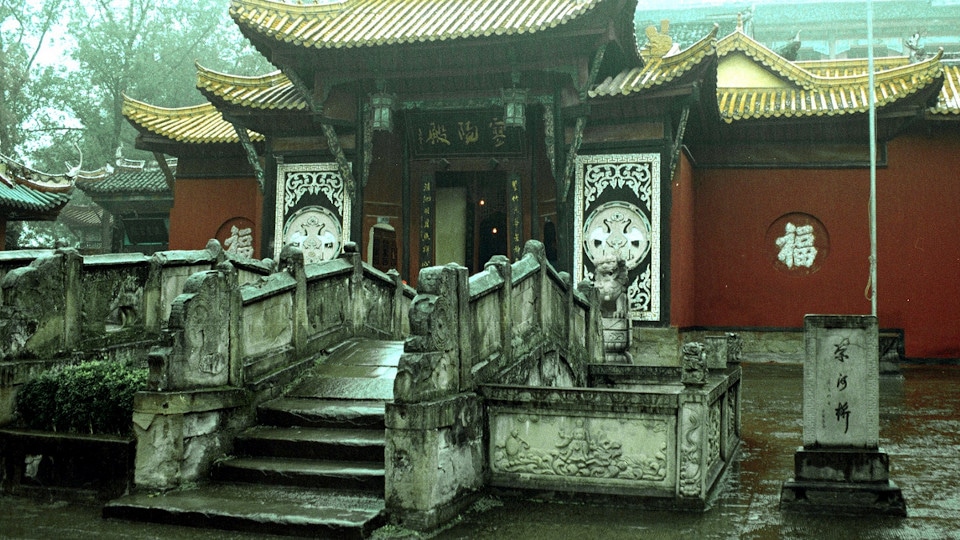Religious teachings may vary, but a common concept embraced by many is that the souls of those who committed terrible acts in life will be forced to suffer in the afterlife. Hell, Hades, Guinee—the names are different but they all describe an underworld that many believe can be accessed from Earth through gateways across the globe.
The Acheron, Greece
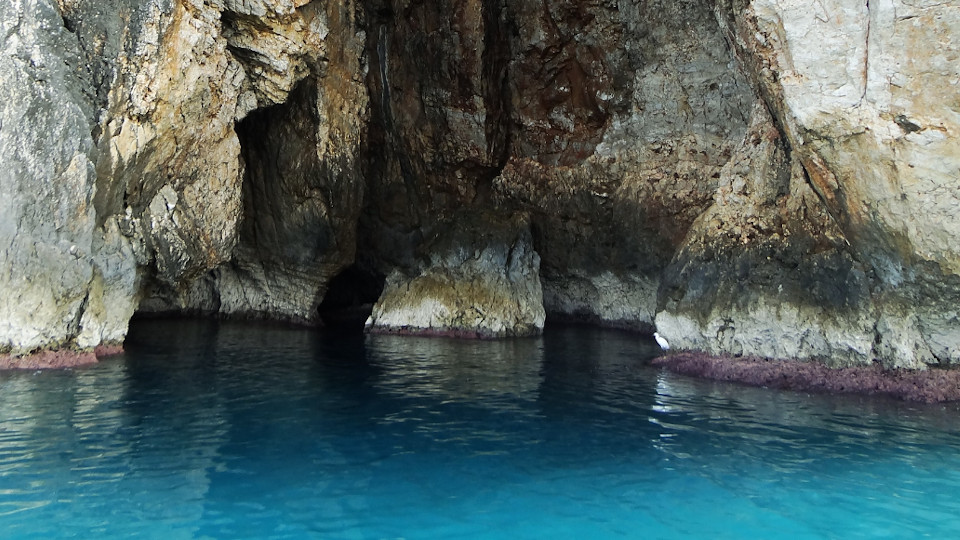
The Acheron, prominently depicted in classical mythology, is an actual river that flows through northwest Greece and is also known as the River of Woe. The ancient Greeks believed there were several entrances into hades, one of which was at the ancient Greek temple of necromancy Necromanteion of Ephyra on the banks of the Acheron.
In Homer’s Odyssey, Odysseus must travel to the underworld, locating the point when Acheron meets with the Pyriphlegethon (one of the five rivers in the infernal regions of the underworld, along with the rivers Styx, Lethe, Cocytus, and Acheron). In Dante’s Inferno, the river serves as an eternal waiting room of sorts. Those who were indecisive, remaining neutral between good and evil during their lifetime, were left to sit on the banks of the Acheron.
Iceland's Mount Hekla
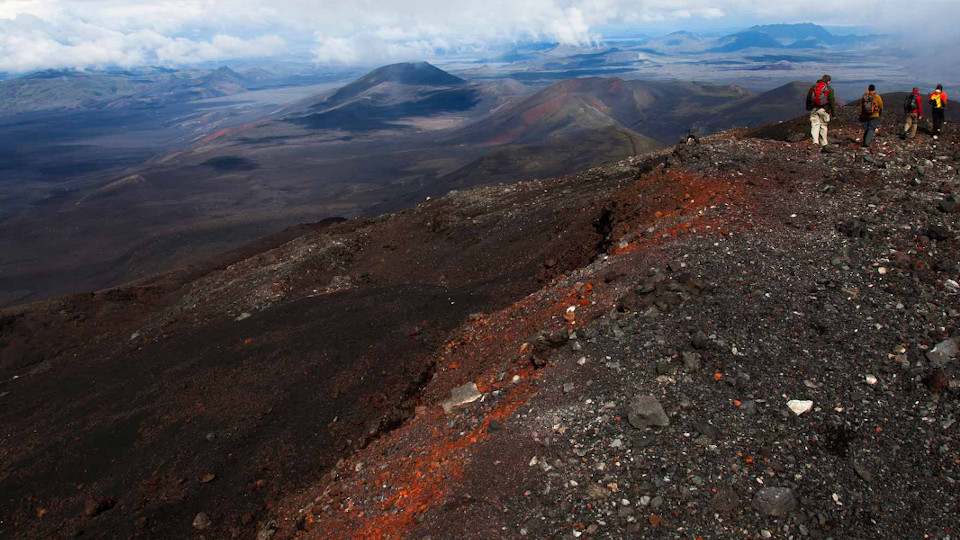
Hekla sits in Iceland’s southern mountains and has been believed to be a gateway to hell since the 12th century after its historic 1104 eruption.
In this island there is likewise a mountain whose floods of incessant fire make it look like a glowing rock and which by belching out flames keeps its crest in an everlasting blaze. This thing awakens our wonder, namely, when a land lying close to the extreme of cold can have such an abundance of matter to keep up the heat as to furnish eternal fires with unseen fuel and supply an endless provocative to feed the burning.
In 1341, claims of large birds flying in and around Hekla’s fiery pits were published in the manuscript Flatey Book Annal. These birds were thought to be the souls of the damned. The monk Benedict penned a poem about the 1120 voyage of Saint Brendan, and in it, he described Hekla as the "eternal prison of Judas" after his betrayal of Jesus.
The Cave of the Sibyl
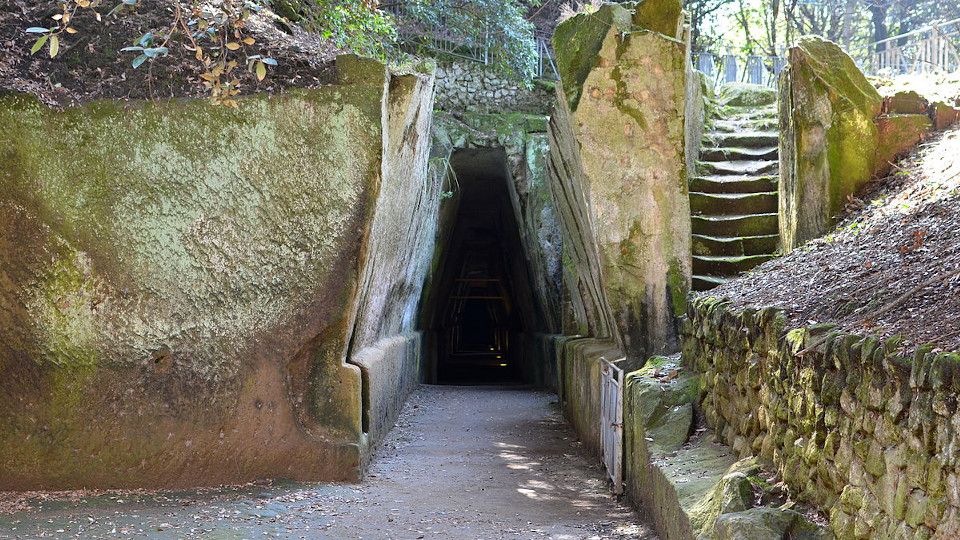
Rediscovered in 1932, the cave of Sibyl is one of the oldest known alleged gateways to the underworld. Two thousand years ago the Romans began writing about this diabolical doorway. In the classic work The Aeneid, for example, Virgil tells of the cave where Aeneas encounters the 700-year old oracle and priestess, Sibyl, who serves as his guide, her voice endlessly echoing off the caverns, as he descends into hell.
The hell ponds of Beppu City, Japan
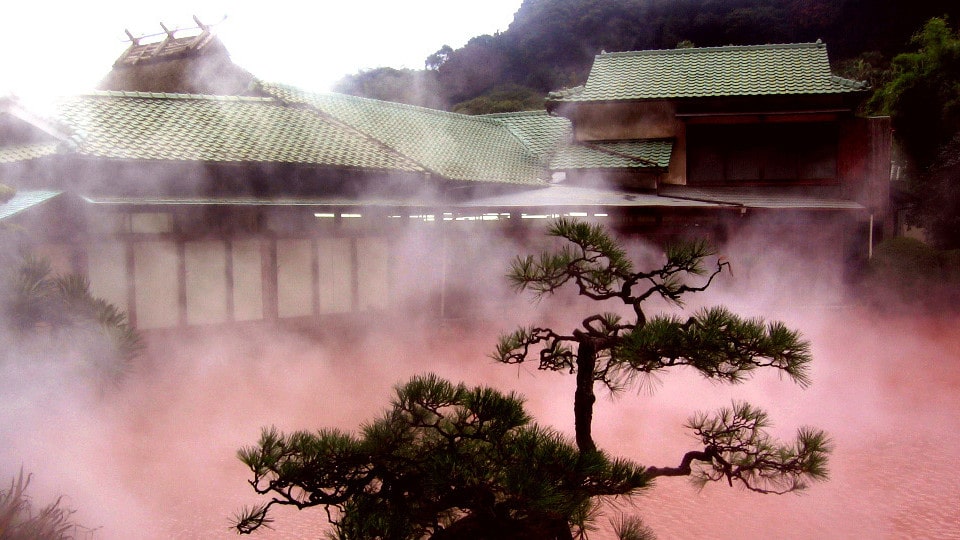
Buddhist texts dating back to 700 A.D. have mentioned the nine hot springs within the Beppu City. One of these naturally occurring bodies of water is strikingly red, gurgles mud, and is named Chinoike Jigoku, or the Bloody Hell Pond. The 78-degree pond was believed to be a bubbling portal to hell and was used to torture prisoners. Now, the pond is surrounded by a spa and its hell slime is bottled and sold as a skin cream.
Ploutonion at Hierapolis (Pluto’s Gate), Turkey

If you were planning a vacation in ancient Rome, a city called Hierapolis would’ve likely been at the top of your dream destination list. The city held the perk of basically being one huge day spa, built amid natural hot springs. Far more impressive, you could see something truly otherworldly go down before your very eyes with a visit to a mystical place called the Ploutonion, which was rediscovered in 1965 after being dismissed for thousands of years as nothing more than a work of fiction.
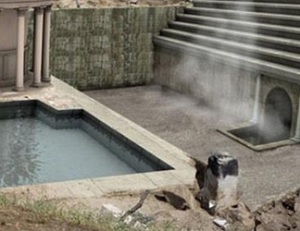
Back in ancient Rome, the Ploutonion was pretty much one big PETA nightmare. Sacrificing bulls and other animals to the gods was a common practice and part of the community’s religious beliefs. Luckily for those who weren’t really into the whole blood and gore thing, the Ploutonion offered a pretty spectacular alternative. There you could stay in the good graces of Pluto, god of the underworld, without actually wielding a sharp object of any sort.
As Greek scholar named Strabo once described, “the Ploutonion… is an opening large enough to admit a man, but it reaches a considerable depth… This space is full of a vapor so misty and dense that one can scarcely see the ground. Now to those who approach the handrail anywhere ’round the enclosure the air is harmless [but was said to induce hallucinations --editor]… but any animal that passes inside meets instant death.” Modern interpretation: basically people would gather around and shove a bull up into this large cave. After a few minutes, the priests would drag it back out using ropes, always to find that it had met its inevitable death. Spooky.
How could this have been? Well, for centuries, people believed that the animals were killed with the breath of Pluto himself. A more modern understanding has come up with a different hypothesis. As it turns out, the interior of the cave is chock full of carbon dioxide, far beyond the 0.039% levels you find in our normal atmospheric air. While just 10% carbon dioxide can kill a human from suffocation in about 30 minutes, scientists discovered that there were areas in the cave that contained about 91%.
The Masaya volcano
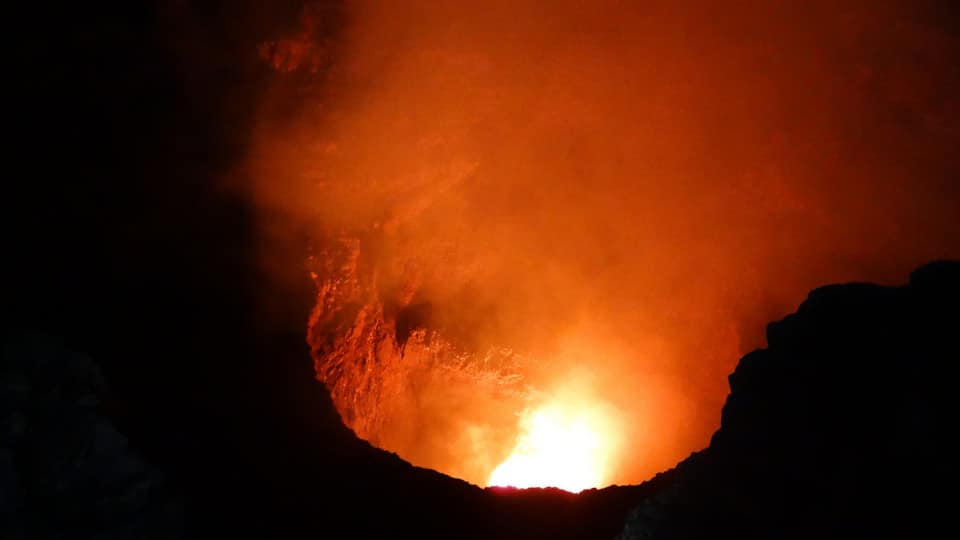
While the native people of Masaya believed the volcano contained a sorceress and was quite possible a god, Spanish explorers came over and deduced that the volcano was in fact, a gateway to hell.
It was believed so strongly to have demonic connections that in 1529, a friar by the name of Francisco de Bobadilla decided an exorcism of the fire-breathing mountain was in order. He hiked up to its "hell mouth" with a large cross to rid it of all evil.
Fengdu, China: The Ghost City
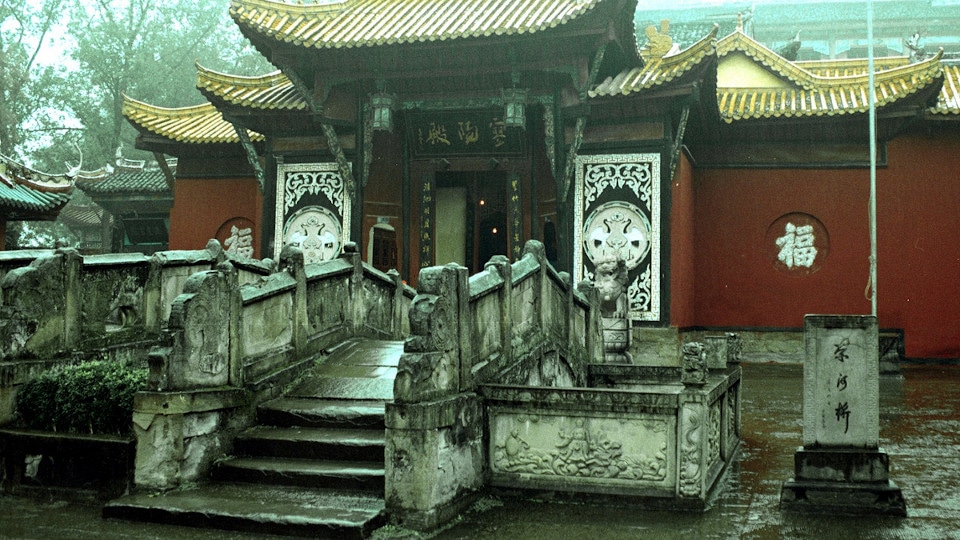
Fengdu China is known as The City of Ghosts because it is rich with souls on their way to Naraka, which is the underworld in Chinese mythology. The streets are adorned with elaborate statues of ghosts, demons, and mythical beings that reside in the underworld, waiting to torture the wicked. There are life-sized dioramas depicting hellish torment.
According to legend, the recently dead must cross the Bridges of Helplessness to accept judgment. Then they must confront the Mirror of Retribution before being reincarnated or begin the journey of torture necessary to make their souls fit for the Wheel of Rebirth.
St. Patrick's Purgatory, Ireland
St. Patrick’s Purgatory is a monastery on Station Island that was founded in the 15th century. It’s said that when St. Patrick visited the island, he was sent visions from Jesus of hellish torments during his time on the island. He was led to a cave, containing a pit to purgatory. St. Patrick was bombarded by visions of the punishment of souls prior to being allowed entry into heaven, as well as visions of those carried off to hell for eternal torment.
Since the 12th century, Station Island has attracted Catholic pilgrims that would pray and fast for days before subjecting themselves to a full day shut inside of the cave. The justices of Ireland had the cave closed in 1632, but this didn’t stop these devoted Catholics from praying near the site. Today, three-day pilgrimages are permitted on the island.
Houska Castle
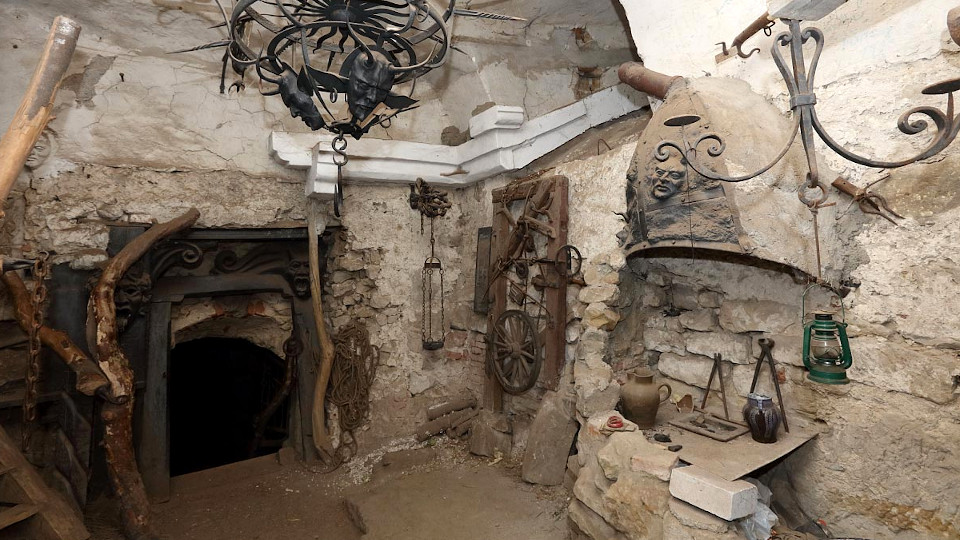
North of Prague in the Czech Republic is the Houska Castle, which is said to be built over a pit that leads to hell. According to legend, in the 13th century King Ottokar II was so curious about what was within its depths that he was willing to pardon any prisoner who agreed to be lowered into it and tell him what was down there.
Apparently within seconds of lowering the first volunteer, screams of panic erupted through the pit and they quickly pulled him back up. The man’s hair had turned white from fear and they could barely understand the gibberish pouring out of his mouth. Eventually, they gathered that vile, winged, somewhat humanoid creatures were the pits inhabitants.
After this discovery, the castle was built over it; a castle without a kitchen, or a source of water, or any real resources for defense against outside intruders. This is because the castle isn’t meant for humans to inhabit, it’s meant to contain the demons beneath it. The current owners have decided to capitalize on the castle’s dark history and have turned it into a haunted attraction for tourists.
The Mayan cenotes
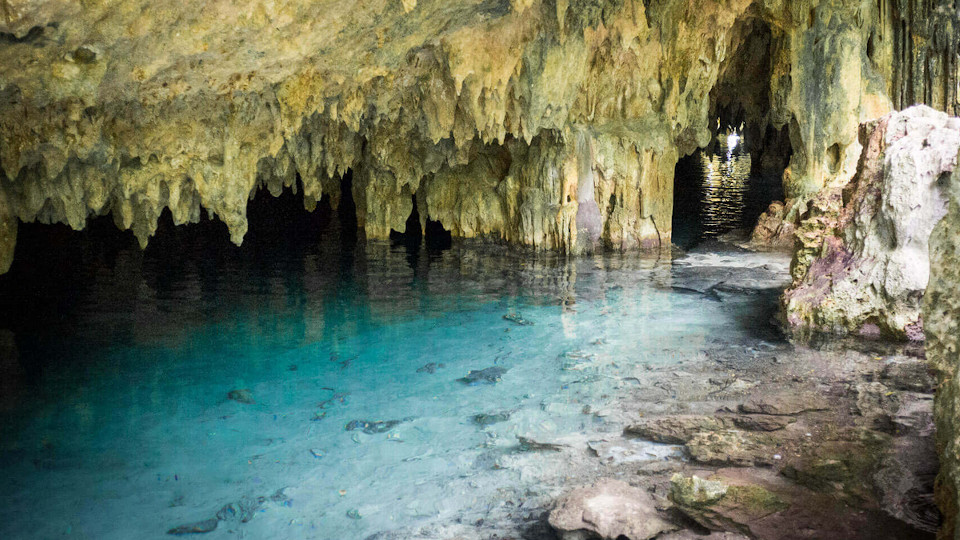
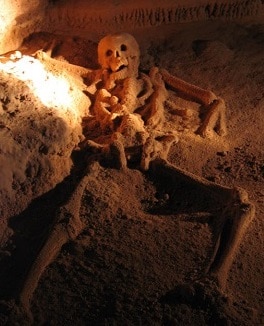 The entrances to the breathtaking underground waterways flowing throughout Central America and Mexico are believed to be portals to the ancient Maya underworld, called Xibalba. Caves were often thought to be portals for many cultures because they literally transition from the bright, outside world of the living to a deep, dark abyss.
The entrances to the breathtaking underground waterways flowing throughout Central America and Mexico are believed to be portals to the ancient Maya underworld, called Xibalba. Caves were often thought to be portals for many cultures because they literally transition from the bright, outside world of the living to a deep, dark abyss.
Vast chambers with temples, altars, scattered pottery, and many human remains have been found throughout these caves, of which there are thousands, with an estimated eight thousand yet to be found. It is believed that in addition to the usual ritual sacrifices, anyone suspected of witchcraft was tossed into these hell-gates, as were those with physical ailments.
There are many human remains in these caves, but one of the most famous is the Crystal Maiden -- a boy about 17 years old, believed to have been a ritual sacrifice to please the gods of death and the underworld. His skeleton has calcified over the last thousand years, creating a shimmering effect, hence the name Crystal Maiden.
 Thalidomide Vintage Ad Shirt $22.14 |
 |
 Thalidomide Vintage Ad Shirt $22.14 |

